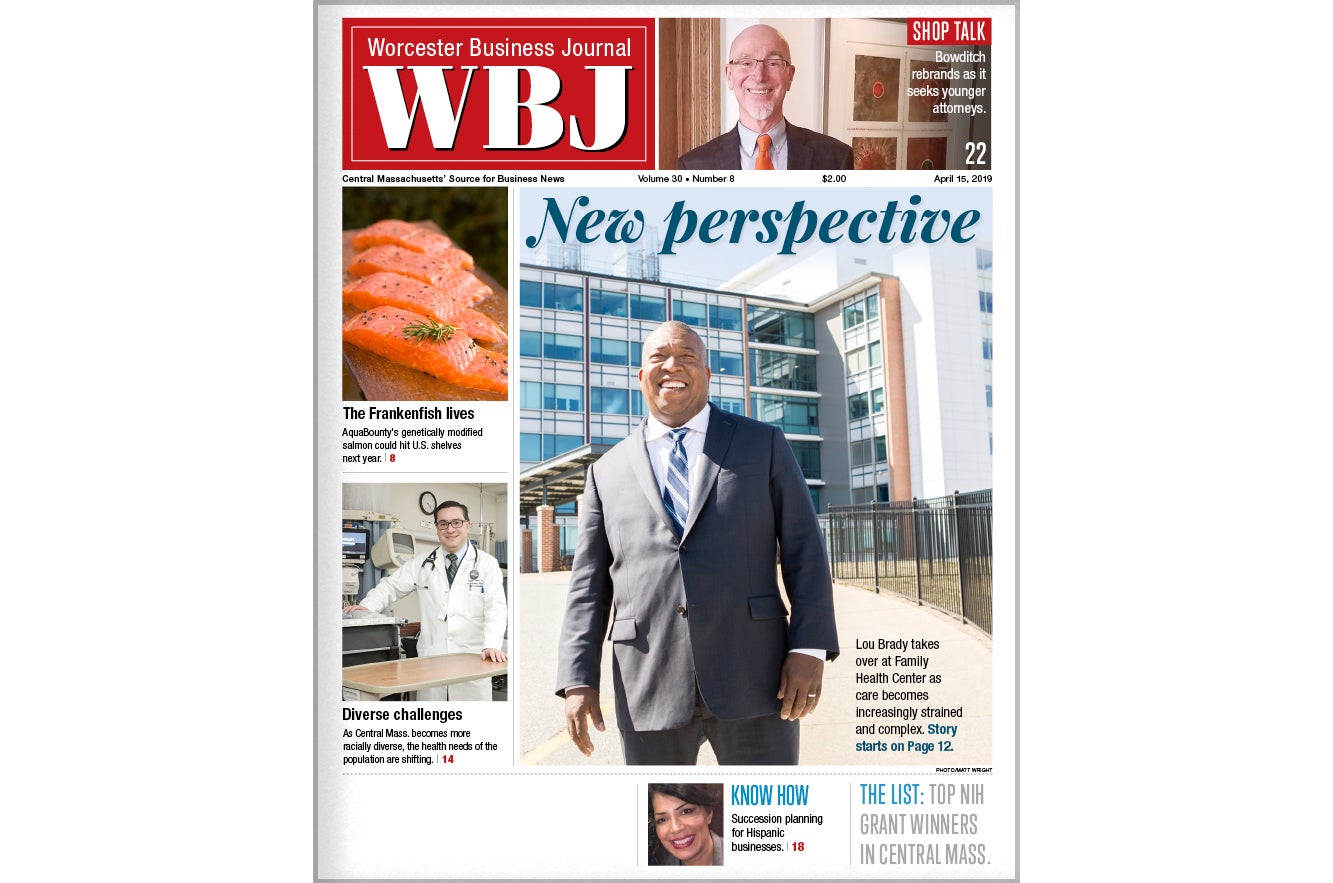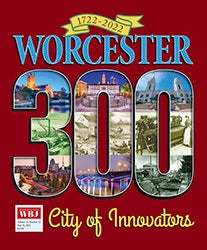The $150 light bulb
Worcester's Bulbs.com works to market efficient – and affordable – light bulbs
Scared senseless by Al Gore's movie?
Just get an electric bill twice what it was last year at this time?
Those are the big factors driving people and businesses toward high efficiency light bulbs, according to the folks who run Bulbs.com of Worcester.
In Bulbs.com CEO Steve Rothschild's perfect world, even the most world-weary businessmen would come to some kind of environmental epiphany as they order ultra-efficient, long-lasting light bulbs for their headquarters.
But he knows a business's decision to buy the more expensive fixtures starts with the bottom line.
"It's just now that people are starting to care," Rothschild said.
Rothschild started Bulbs.com on Pleasant Street in late 1998 and early 1999. The company was there for less than one year, and then moved to its current office at 40 Jackson St.
The company also owns a 24,000-square-foot warehouse across Jackson Street from its main office, and uses another warehouse in Ohio.
Searching for incentive
Light bulb manufacturers have been making their products more and more efficient for decades, but "if you're paying seven cents per kilowatt hour, there's no incentive," to use anything but the cheapest product available regardless of its efficiency, Rothschild said.
However, Rothschild said, "if you live on the East Coast or the West Coast, you do it for your bottom line, and you can be an environmentalist."
"People care," Rothschild said. "It might be financial that people care about the environment, but they just can't be blind to their impact on the environment. There's a lot of press out there that's hitting them in the face."
Michael E. Connors, Bulbs.com's vice president of sales and marketing, said, "the amount of activity has picked up significantly in the last 12 months" when it comes to the high efficiency bulbs the company carries.
And a significant pick-up in sales for a company that's been growing steadily for the past handful of years is significant indeed.
Some of the increase in the company's high efficiency light bulb trade comes from businesses that want to avoid contributing to a "climate catastrophe."
"I was talking to one business owner who said, 'I saw the movie An Inconvenient Truth, and I have to change the lighting in my building,'" Rothschild said.
Others have chosen high-efficiency bulbs because Bulbs.com, which carries a huge array of bulbs, and tests even the most expensive experimental bulbs, is pushing them.
No complacency
A business owner who calls to reorder the same bulbs he's been ordering for the past decade won't get complacency from the Bulbs.com staff.
"They're trained," Rothschild said, to tell customers that new, somewhat more expensive bulbs, could cut energy usage in some buildings by as much as 70 percent.
One business in an old factory building using 242-volt, 300-watt light fixtures in its ceiling recently called Bulbs.com.
"Those things are 90 percent heat and 10 percent light," Rothschild said. "It's a colossal waste of energy. We have a spiral [bulb] for commercial applications. He bought a slew of those and decreased his energy usage by 75 percent with 10 times the [bulb] life."
With savings like that, it's easy to see where a company could readily get a good return on investment.
Often, businesses and homes require fewer of the new, energy-saving bulbs than the old halogen or fluorescent lights being replaced.
"We are leading the market in what is available," Rothschild said. Bulbs.com stocks a number of different types of energy-saving bulbs for different applications like jewelry store displays, industrial buildings, homes, offices and advertising.
Some products cost slightly more than ordinary light bulbs. Others, like new LED bulbs, cost as much as $150 each.
"Those are like plasma TVs five years ago," Connors said. But they hold promise for the near future, he said, because they put out a large amount of light, use very little energy, and last up to 50,000 hours.
For now, Bulbs.com is happy to sell them to so-called "early adopters." But when prices come down, they'll have enough in stock to sell to anyone.









0 Comments